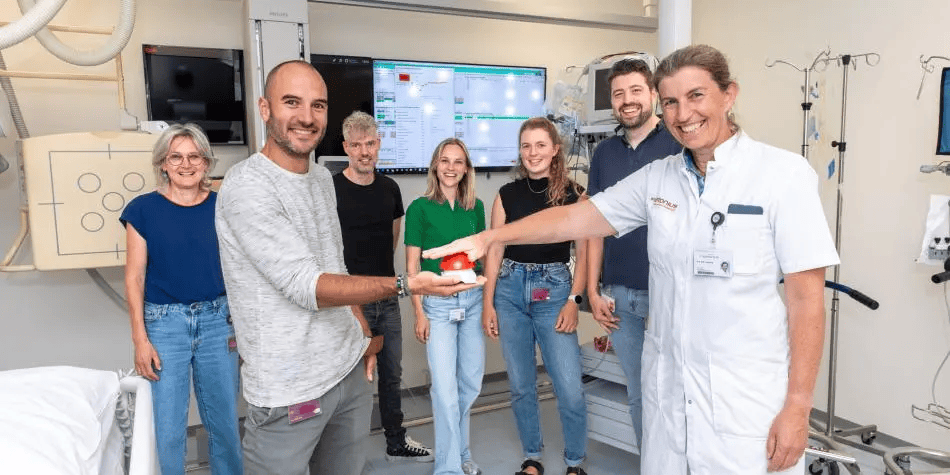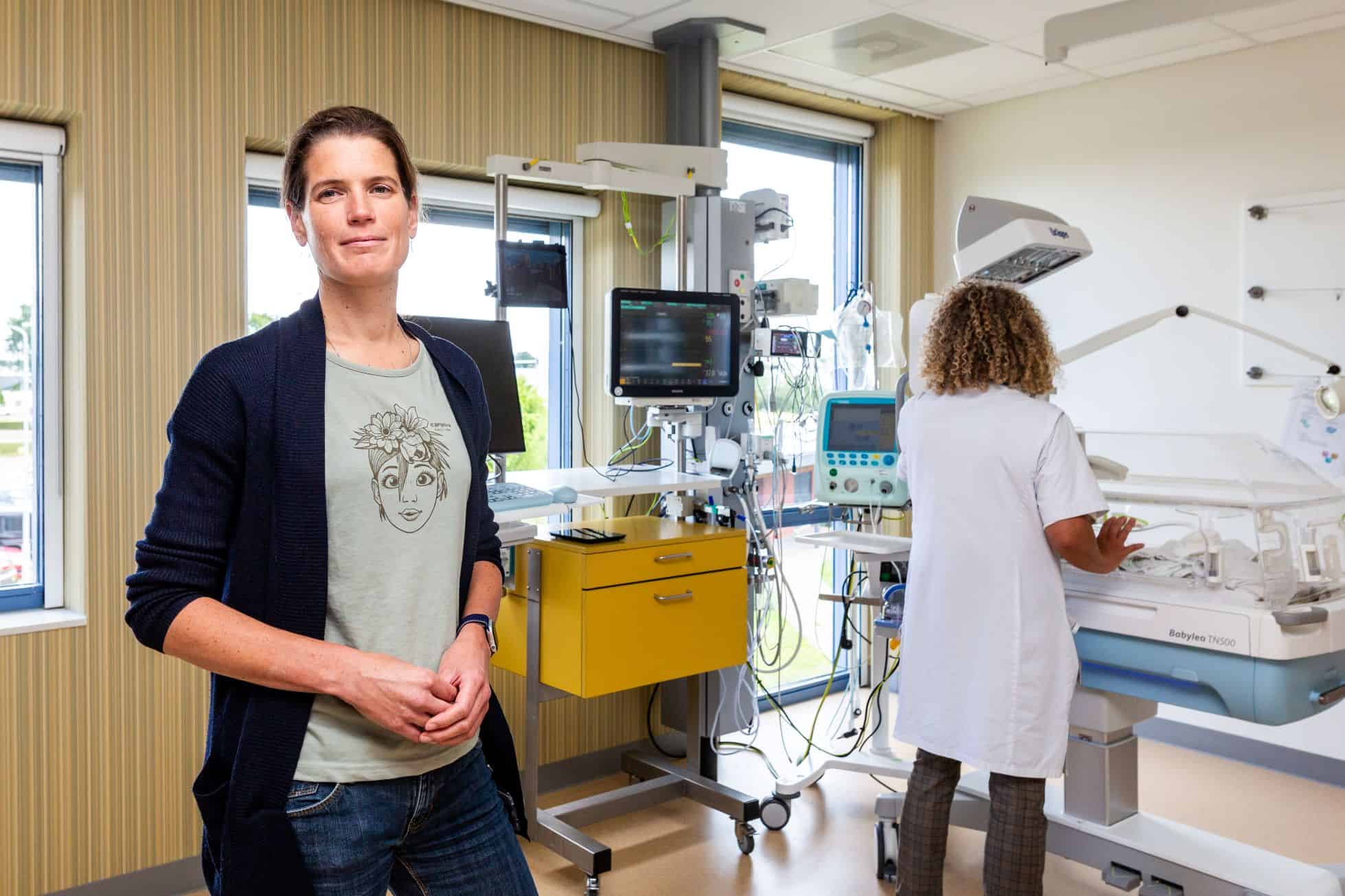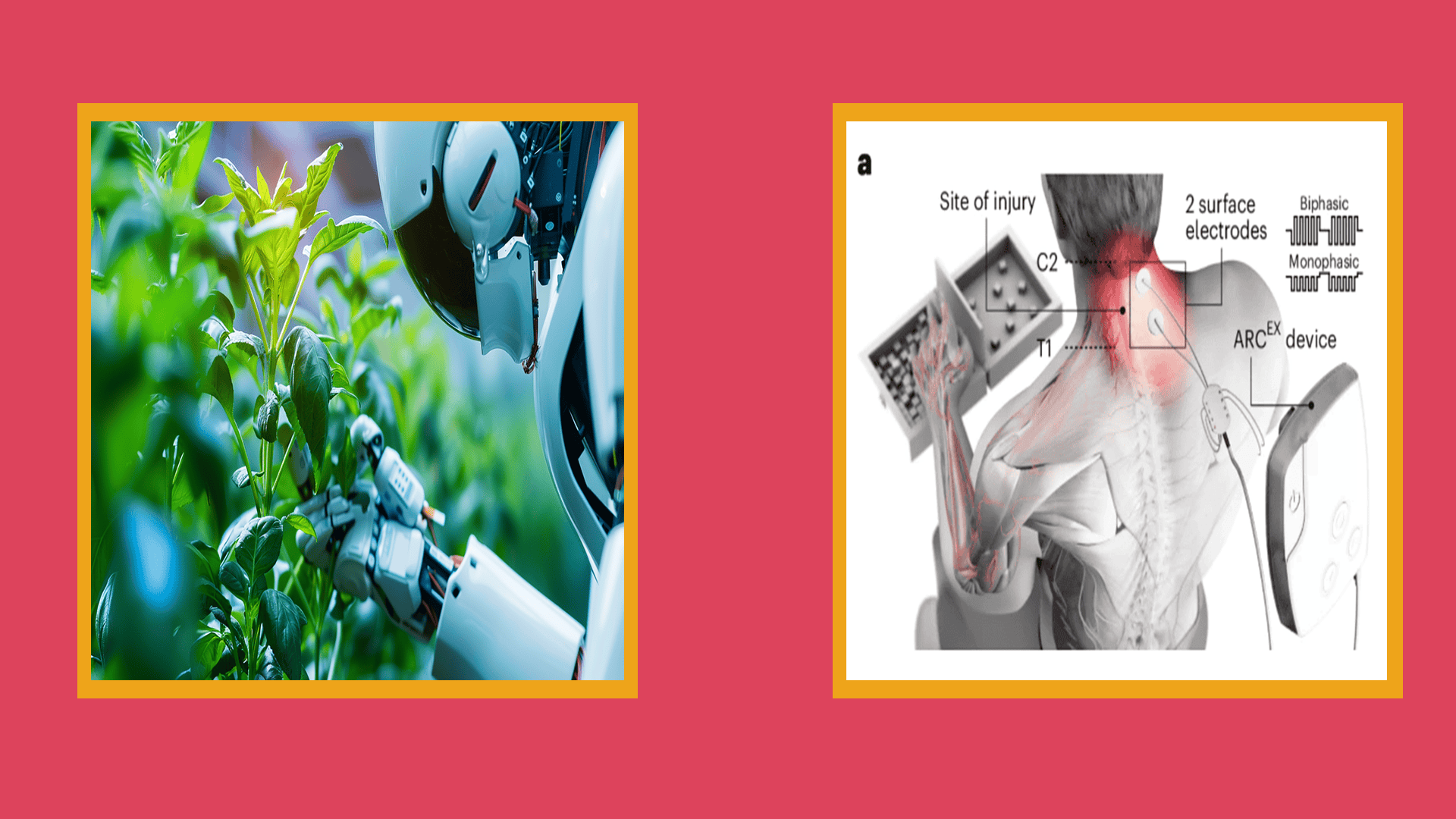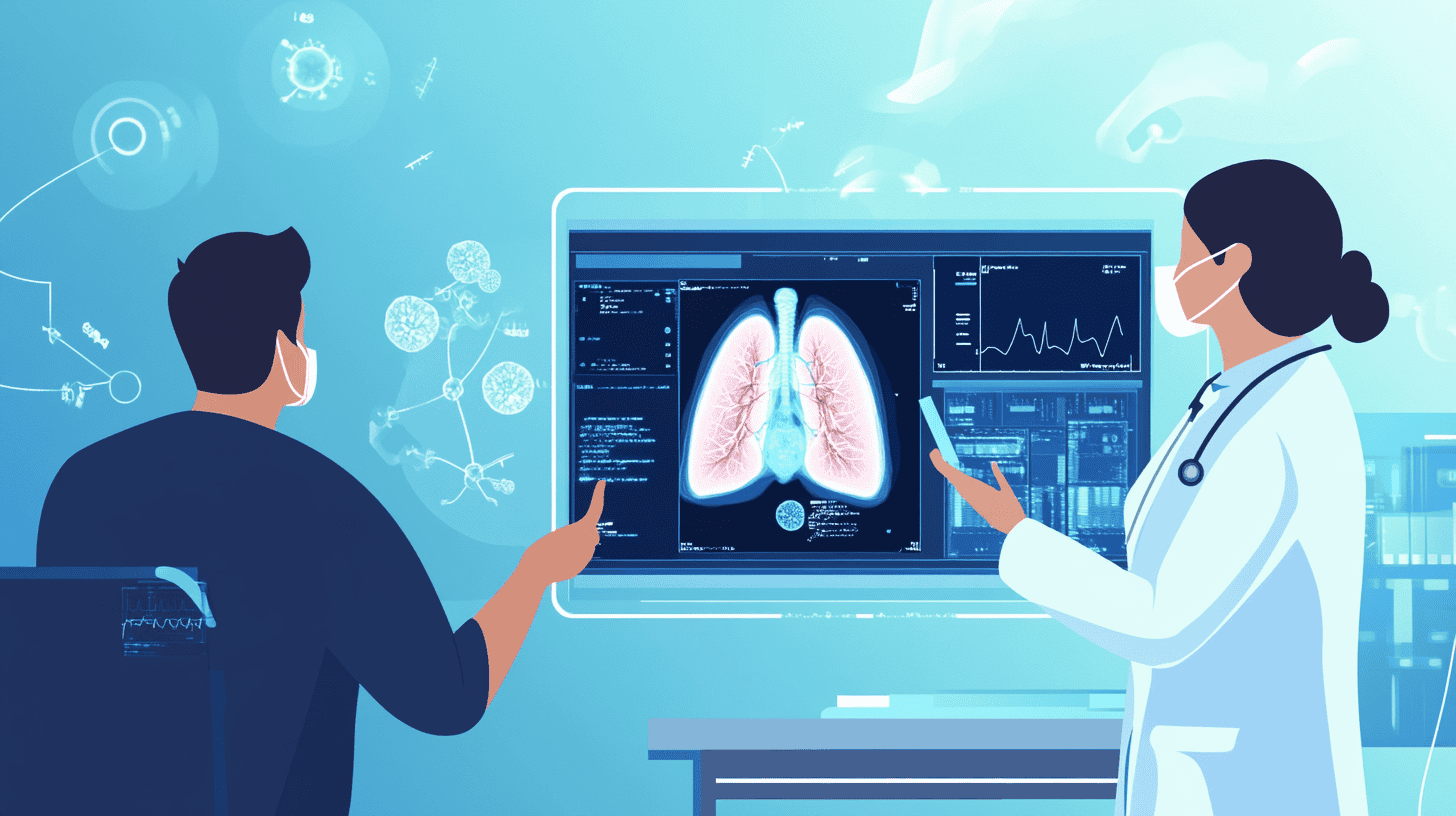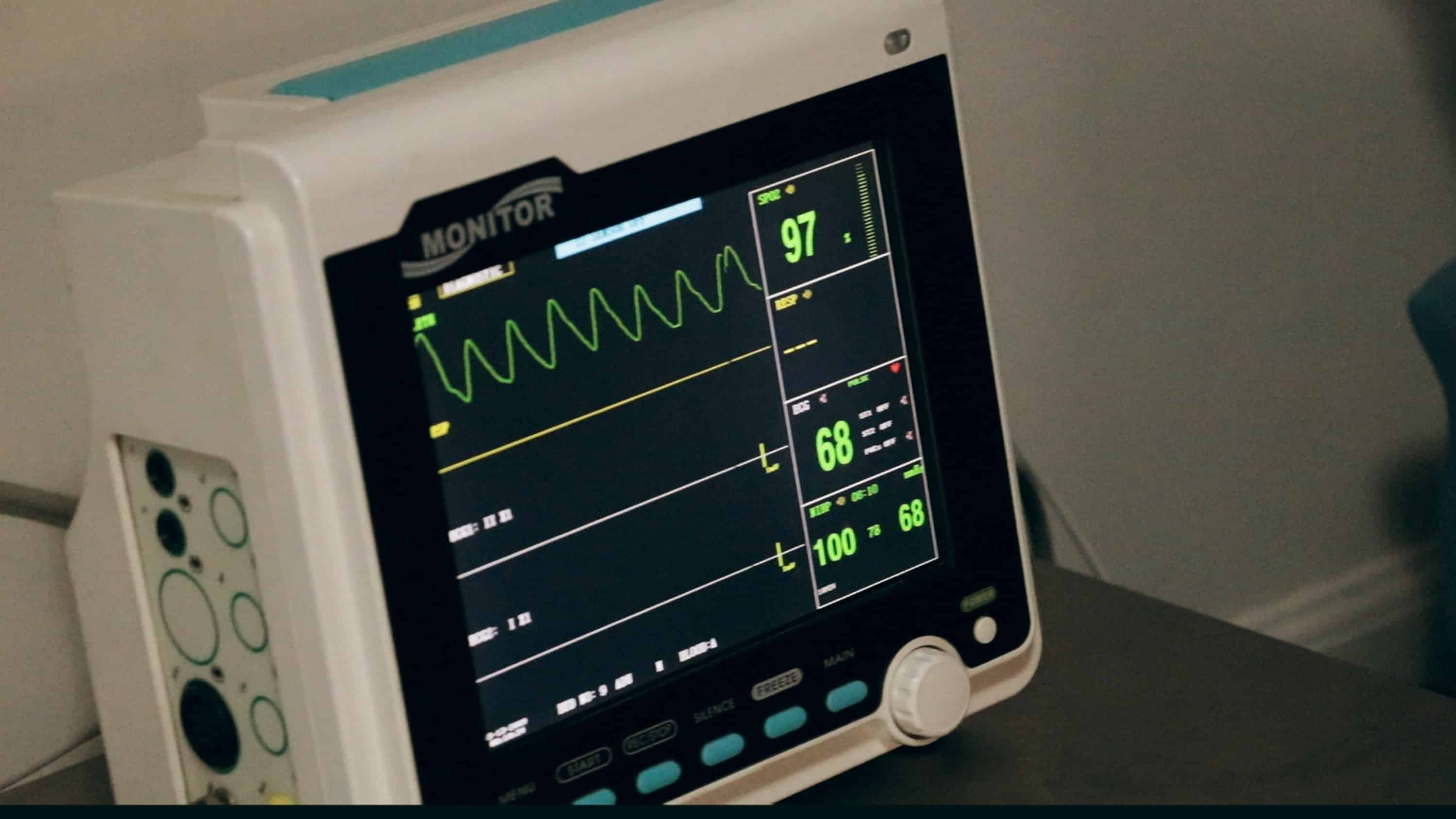
Cardiac arrest is a very complex issue to deal with, even for experienced medical professionals. Decision-making is a make-or-break deal in these cases, and AI can assist professionals in choosing the proper procedure.
When patients receive care after cardiac arrest, doctors can now — by entering patient data in a web-based app — find out how thousands of similar patients have fared. Researchers at the University of Gothenburg have developed three such systems of decision support for cardiac arrest that may, in the future, make a major difference to doctors’ work, the University declared in a press release.
One of these decision support tools (SCARS-1), now published, is downloadable and free of charge. However, the interpretation of the results from the algorithm needs people with the right skills. AI-based decision support is expanding strongly in many areas of health care, and extensive discussions are underway on how care services and patients alike can benefit most from it.
The app accesses data from the Swedish Cardiopulmonary Resuscitation Register on tens of thousands of patient cases. The University of Gothenburg researchers have used an advanced form of machine learning to teach clinical prediction models to recognize various factors that have affected previous outcomes. The algorithms take into account numerous factors relating, for example, to the cardiac arrest, treatment provided, previous ill-health, medication, and socioeconomic status.

Evidence-based methods
It will be a few years before official recommendations for cardiac arrest are likely to include AI-based decision support, but doctors are free to use these prediction models and other new, evidence-based methods. Araz Rawshani, a researcher at the University’s Sahlgrenska Academy and resident physician in cardiology at Sahlgrenska University Hospital, heads the research group working on the AI model.
“My colleagues and I who tested the tool see great potential in its use in our clinical everyday life. Often the answer from the decision support means that the doctor is strengthened in an opinion he has already arrived at. It helps us not to expose patients to painful care without benefit, while at the same time it saves on healthcare resources,” Rawshani says.
He emphasizes, nevertheless, that the decision support is still at a research stage and not yet among the hospital’s guidelines. However, it can be useful in making a survival calculation.
High accuracy and reliability
To date, the research group has published two decision support tools. One clinical prediction model, known as SCARS-1, is presented in The Lancet’s eBioMedicine journal. This model indicates whether a new patient case resembles other, previous cases where, 30 days after their cardiac arrest, patients had survived or died.
The model’s accuracy is unusually high. Based on the ten most significant factors alone, the model has a sensitivity of 95 percent and a specificity of 89 percent. The “AUC-ROC value” (ROC being the receiver operating characteristic curve for the model and AUC the area under the ROC curve) for this model is 0.97. The highest possible AUC-ROC value is 1.0 and the threshold for a clinically relevant model is 0.7.

Only “one piece of the puzzle”
Fredrik Hessulf, a doctoral student at Sahlgrenska Academy, University of Gothenburg, and anesthesiologist, created this support.
“This decision support is one of several pieces in a big puzzle: the doctor’s overall assessment of a patient. We have many different factors to consider in deciding whether to go ahead with cardiopulmonary resuscitation. It’s a highly demanding treatment that we should give only to patients who will benefit from it and be able, after their hospital stay, to lead a life of value to themselves,” Hessulf says.
This form of support is based on 393 factors affecting patients’ chances of surviving their cardiac arrest for 30 days after the event. The model’s high accuracy depends on the huge number of patient cases (roughly 55,000) on which the algorithm is based. Also, by the fact that ten of the nearly 400 factors have an heavy impact on survival. By far, the most important factor was whether the heart regained a viable cardiac rhythm again after the patient’s admission to the emergency department.
Further risk of cardiac arrest
The second decision support tool appeared in the journal Resuscitation. This tool is based on data from patients who survived their out-of-hospital cardiac arrest until they were discharged from hospital. The predictive models are based on 886 factors in 5098 patient cases from the Swedish Cardiopulmonary Resuscitation Register. This tool partly aims at helping doctors identify which patients are at risk of another cardiac arrest or death within a year of discharge from hospital following their cardiac arrest. It also aims to highlight which factors are important for long-term survival after cardiac arrest. An aspect of the subject area, this last one, currently in need of further exploration.
“The accuracy of this tool is reasonably good. It can predict with about 70 percent reliability whether the patient will die, or will have had another cardiac arrest, within a year. Like Fredrik’s tool, this one has the advantage that just a few factors can predict outcome almost as well as the model with several hundred variables,” says Gustaf Hellsén, the research doctor who developed this decision support tool.
“We hope,” he continues, “to succeed in developing this prediction model, so as to enhance its precision. Today, it can already serve as support for doctors in identifying factors with an important bearing on survival among cardiac arrest patients who are to be discharged from hospital.”
Currently, the SCARS-1 tool is available to use as an online app. SCARS-2 will launch shortly. During 2023, publication of SCARS-3 (for in-hospital cardiac arrest) is in plans.
Selected for you!
Innovation Origins is the European platform for innovation news. In addition to the many reports from our own editors in 15 European countries, we select the most important press releases from reliable sources. This way you can stay up to date on what is happening in the world of innovation. Are you or do you know an organization that should not be missing from our list of selected sources? Then report to our editorial team.


